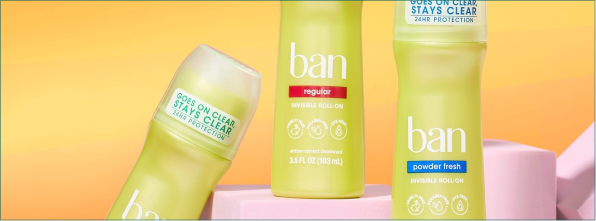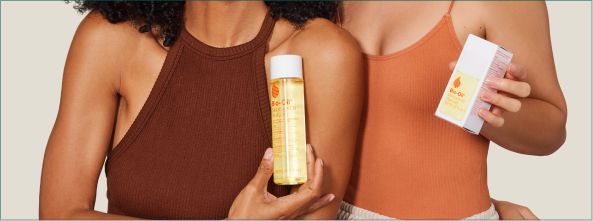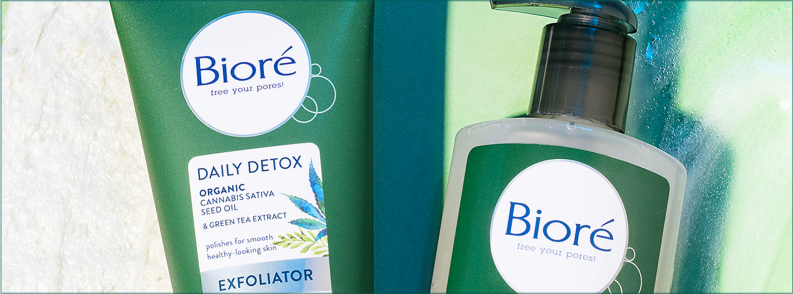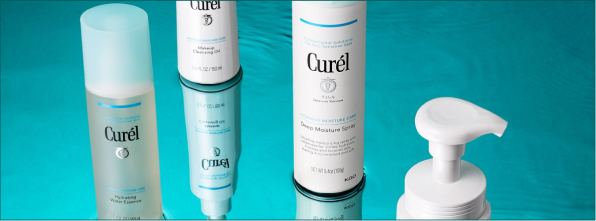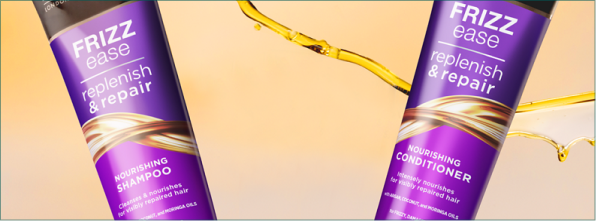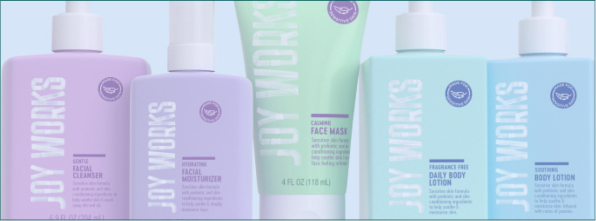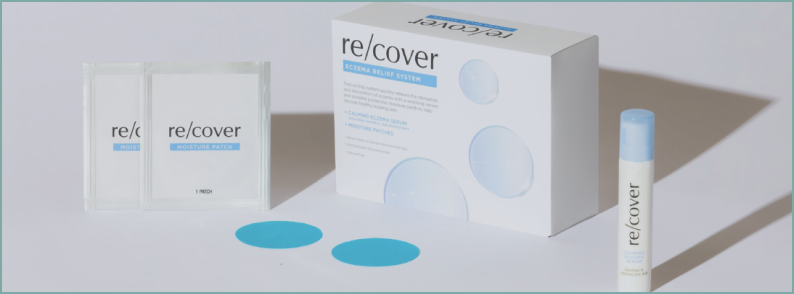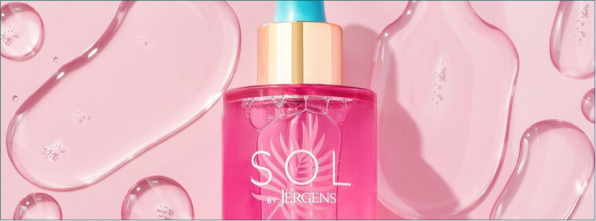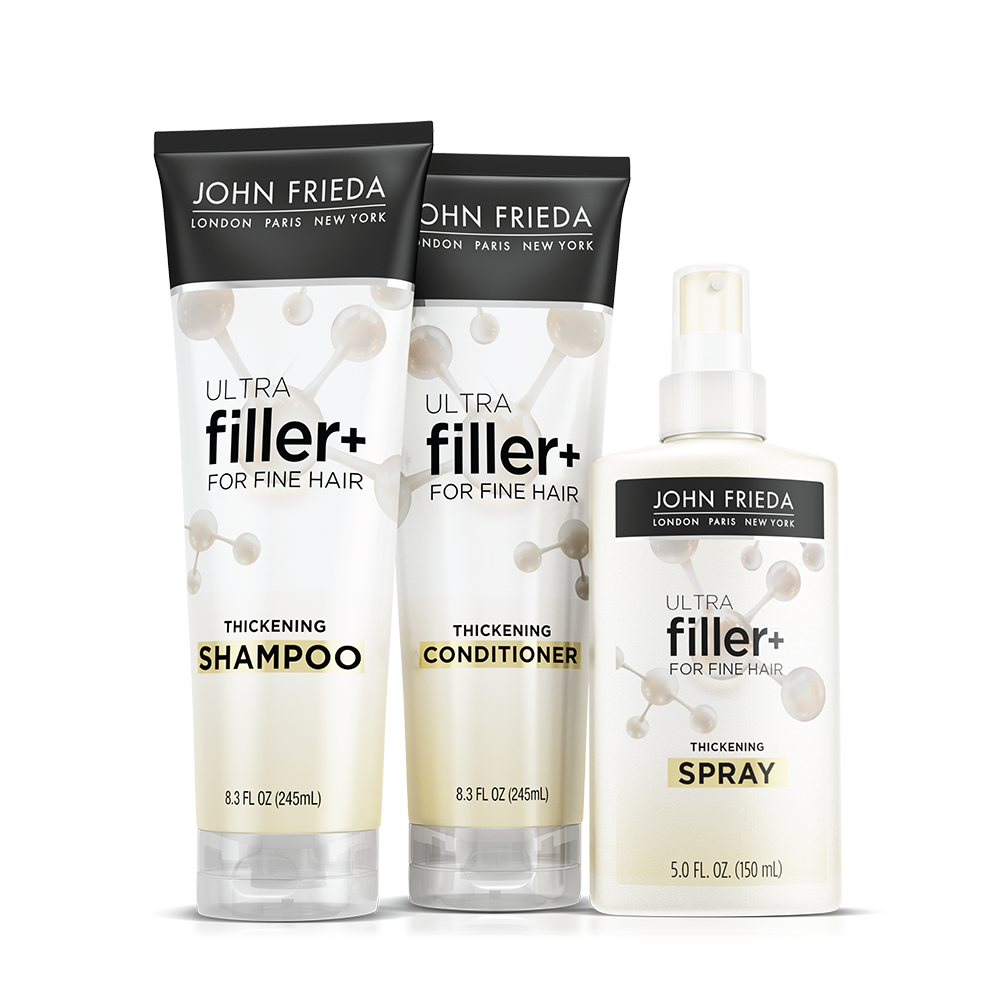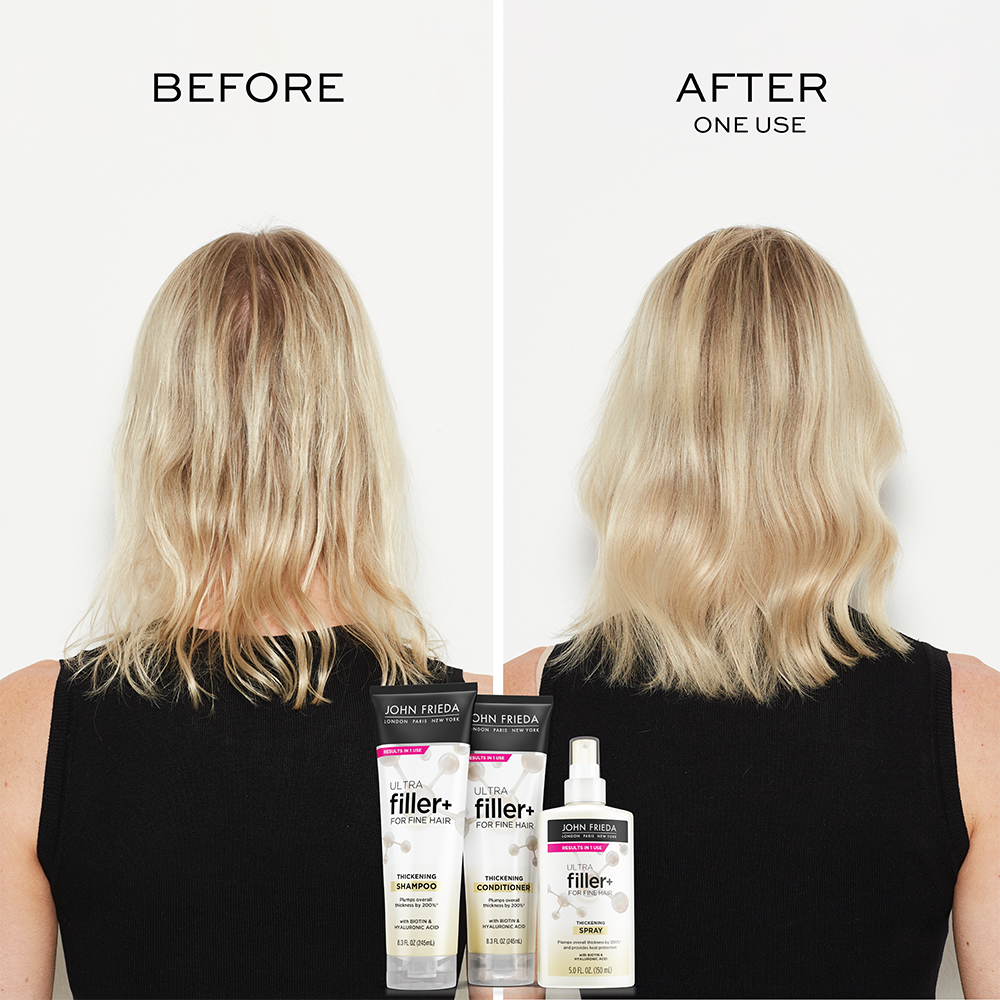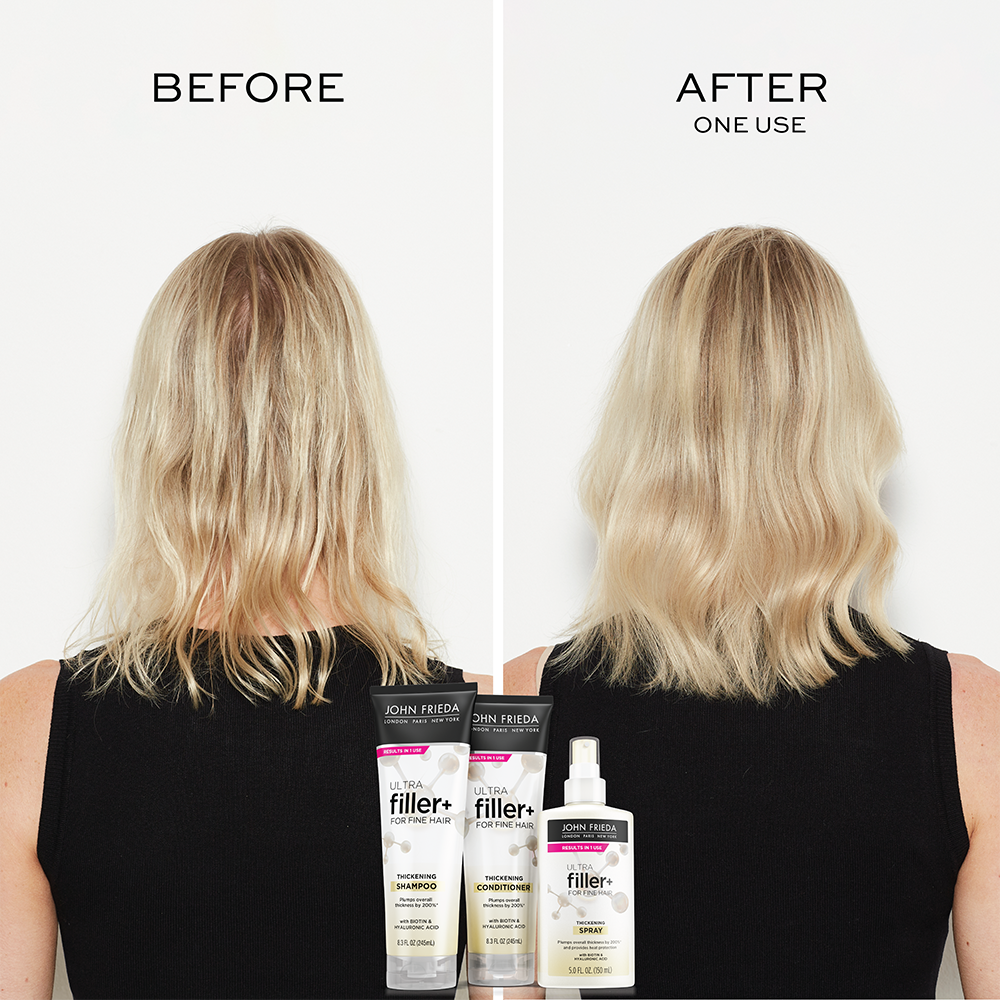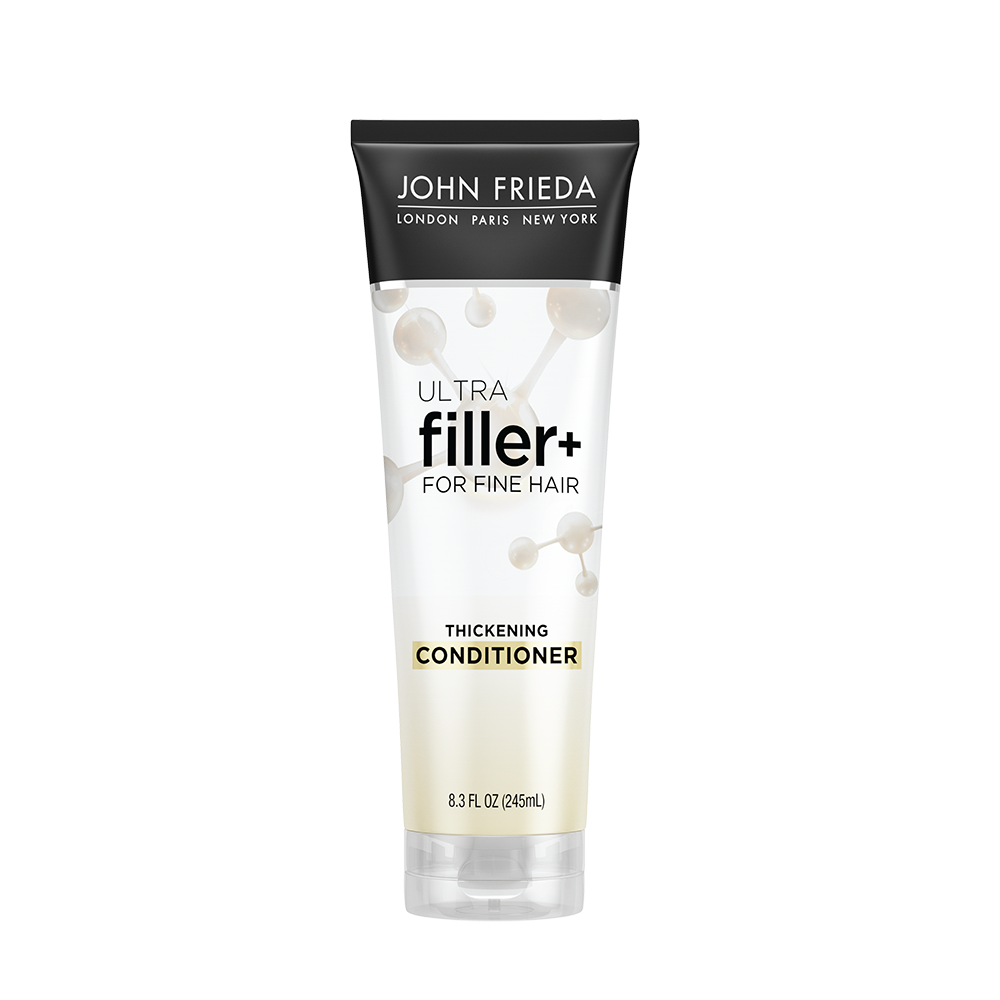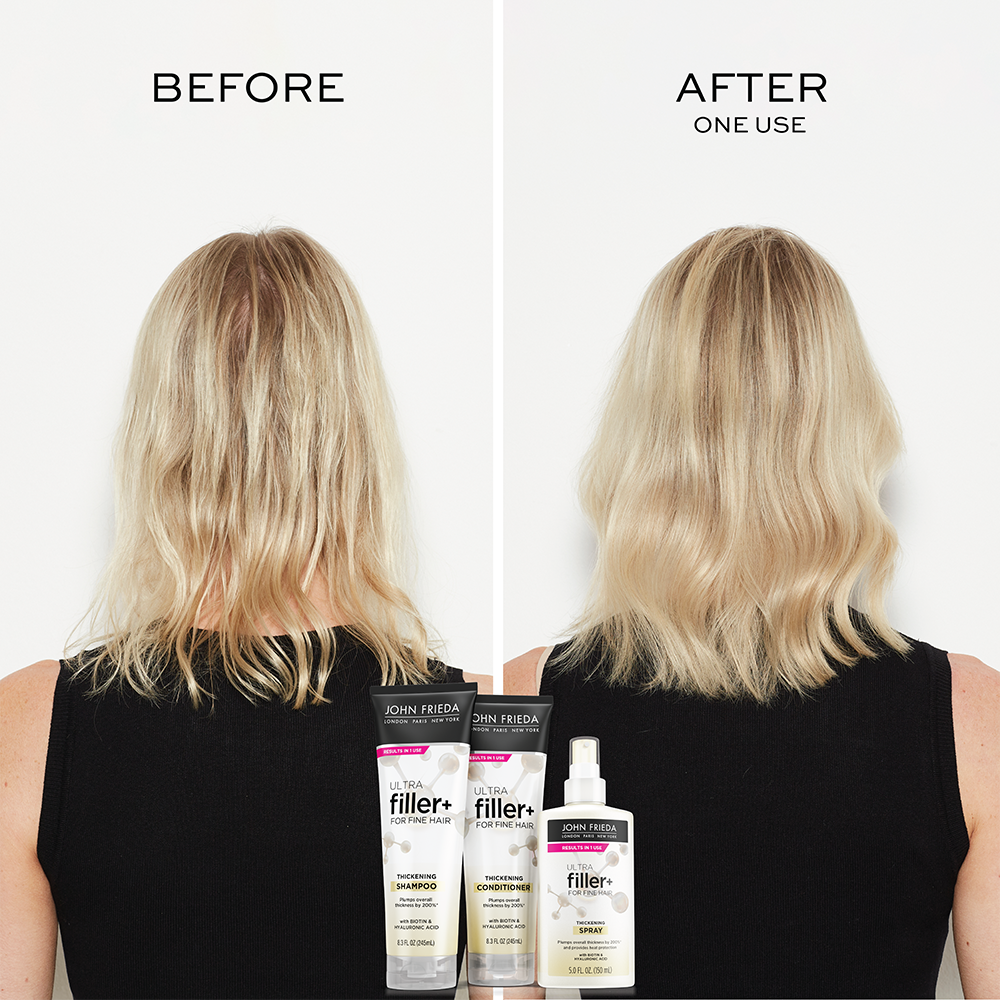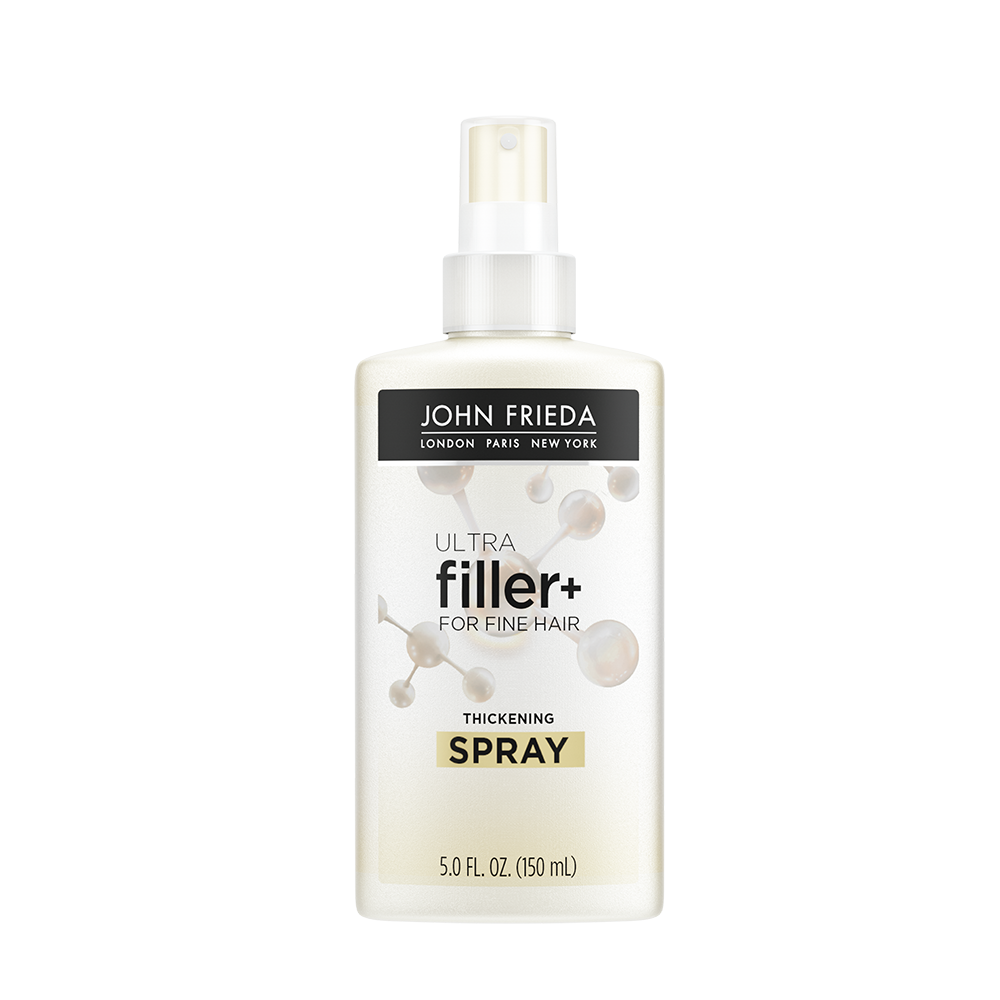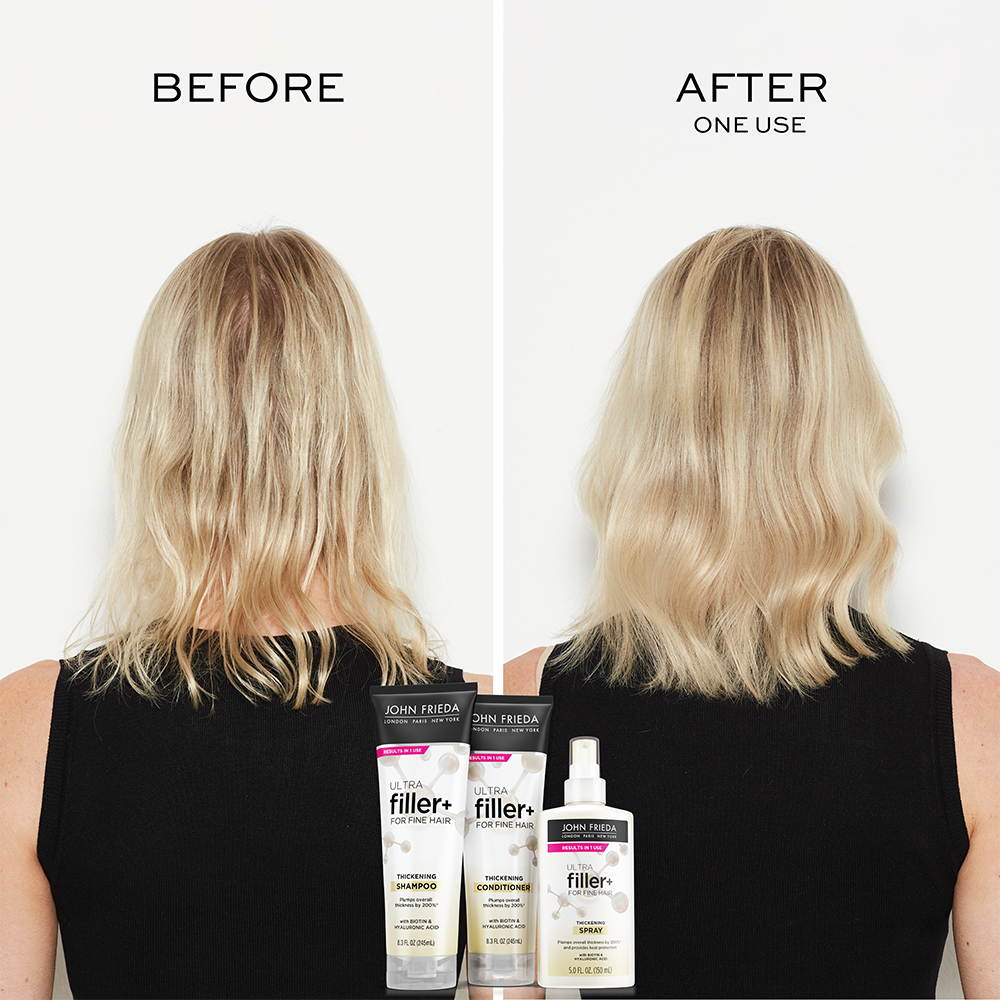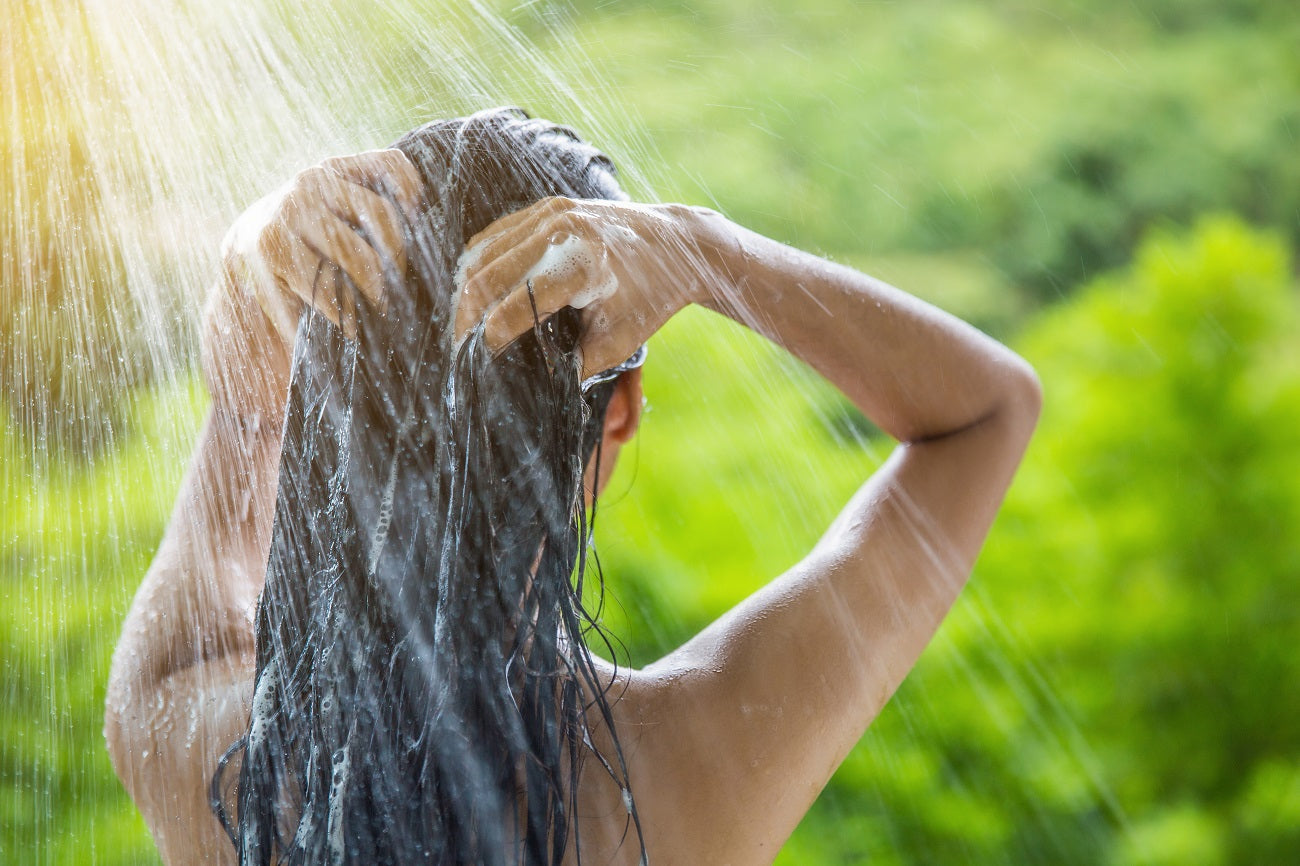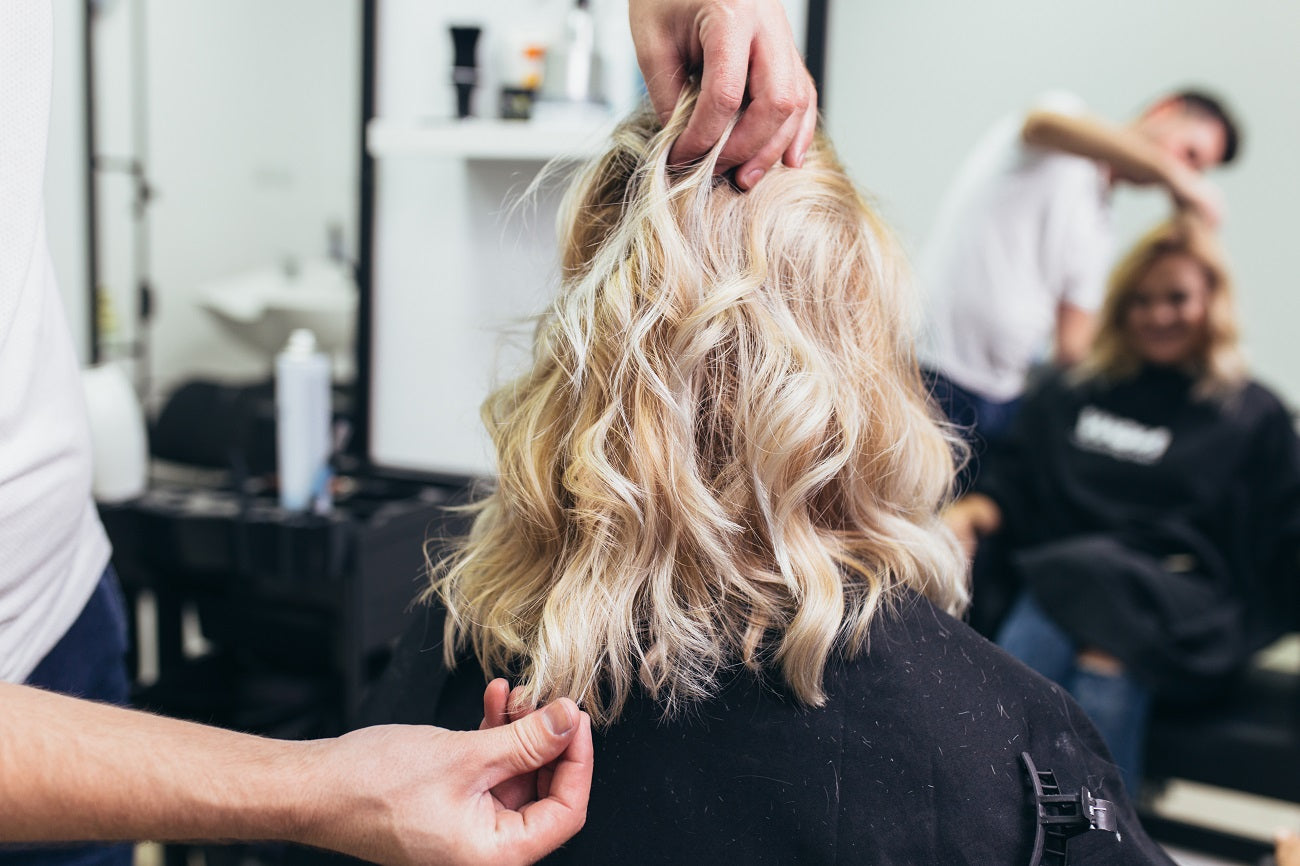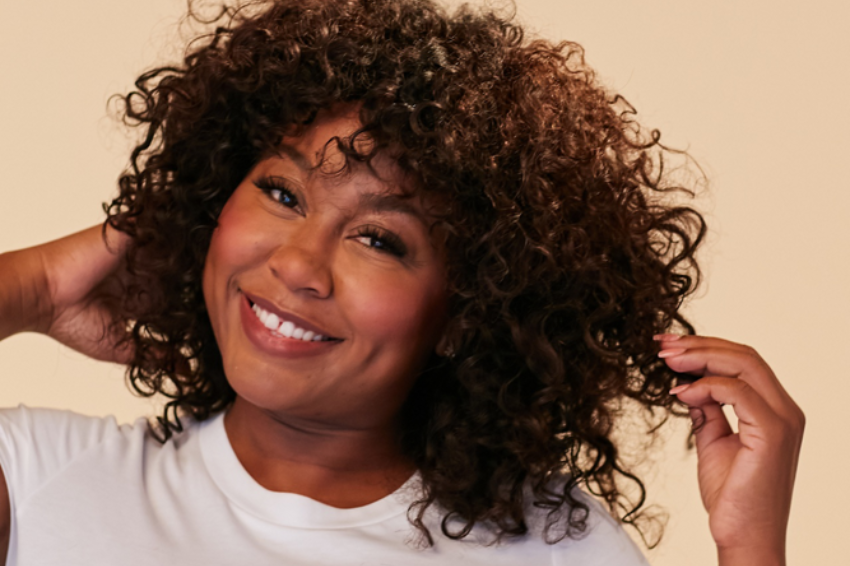CURL TYPES 101: WHAT’S YOUR CURLY HAIR TYPE?
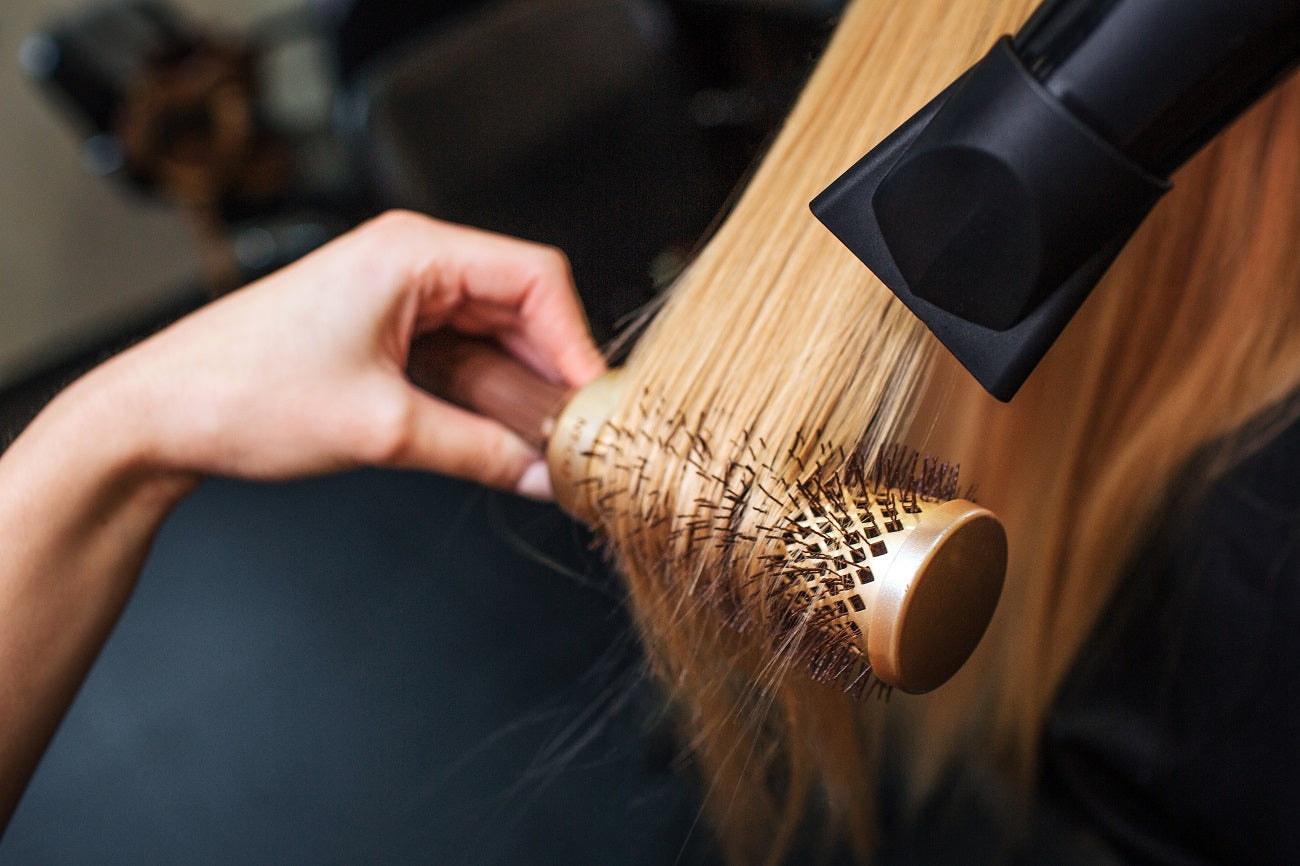
Correctly identifying your curly hair type can save you from spending hours of frustration facing rows and rows of hair gels, creams, sprays, and mousses by narrowing down the products that target your specific hair texture.
So what are the different curl types, and what should you look for when wandering the aisles of hair care products? Here’s your guide to all the different types of curly hair, from waves to tight coils and everything in between.
Shop Dream Curls
How to Find Your Curl Type: Andre Walker’s Curl Typing System
Identifying curl types is a little tricky. There are nine different curl types, each with unique characteristics.
According to Andre Walker’s Curl Typing System, there are ten basic hair types classified under the numbers 1-4 with A, B, and C subcategories for curl types 2-4. Type 1 refers to straight hair with no bend, curl, or wave. The other nine types, types 2A-4C, are all the different types of curly hair. Initially, Walker’s system did not have curl types 3C and 4C. The added information came from the website NaturallyCurly.

Why You Have Curly Hair
Curly hair is mainly attributed to genetics, which means the texture of a person’s curl type is inherited. Curly hair forms when the hair follicle grows in the shape of an oval instead of a perfectly round one like the follicle of straight hair. And the flatter the oval, the tighter your curls will be.
Curly hair types also have more protein bonds in the hair shaft than straight hair because the sulfur-containing amino acid cysteine is found abundantly in the fibrous protein hair made up of – keratin. These cysteines bond with other cysteines further down the hair shaft, causing hair to curl. And just like the shape of the follicle, the more protein bonds in the hair shaft, the curlier your hair will appear. So without further ado, here are the classifications and characteristics of the nine different types of curly hair.
Curl Type 2: Wavy Hair
Curl type 2 describes wavy hair that typically has a relaxed “S”-shaped curl pattern, which may not be uniform. It’s often straighter at the crown and wavier towards the middle. Wavy hair is prone to dryness and frizz and may lose curl definition quickly. For gorgeous, shiny beach waves, reach for light, curl-enhancing styling products with frizz control and anti-humidity properties.
Type 2A

This curl type of wavy hair features the loosest “S” pattern and is often finer in texture than other curly hair types. Type 2A can be easily straightened or curled with heat tools. Be careful to avoid heavy styling products, which can weigh your loose waves down. Instead, look for an airy, water-based styling foam to fight frizz and add body and life to your waves.
Type 2B

This type of hair lays flatter at the crown, with waves forming further down the shaft. Type 2B strands are thicker in texture, even more prone to frizz, and difficult to straighten. A sea salt spray can enhance your natural beachy waves without making them stiff or crunchy.
Type 2C
This curl type is the thickest, tightest, and most frizz-prone of the wavy hair types. This type's “S” pattern is well-defined, beginning at the crown and traveling down the shaft. Because Type 2C strands are extremely frizz-prone, a good frizz-fighting leave-in conditioner will help lock in moisture and keep out frizz-inducing humidity.
Curl Type 3: Curly Hair
Curl type 3 has a springy, well-defined, loopy, or coily “S” pattern from roots to ends. Curly hair is full-bodied and very prone to frizz because of its dry, coarse texture. Thus, naturally curly hair needs hydrating styling products with lots of hold and frizz-fighting properties.
Type 3A
This curl type features wide, loopy curls about the width of a piece of sidewalk chalk. To emphasize the curl texture and keep those curls springing back, scrunch in a curl-defining, frizz-fighting curl cream.
Type 3B
This curly hair type is characterized by bouncy ringlets and the circumference of a Sharpie marker. Type 3B curls are often dry and frizz-prone, so look for hydrating, strong-hold styling gels that’ll keep your ringlets perfectly defined all day long.
Type 3C
Curl type 3C has tight, densely-packed corkscrews about the circumference of a straw or a pencil. Coily hair like this can easily become dry and frizzy, so scrunching in a thick, hydrating, curl-defining styling mousse or cream will keep your corkscrew curls smooth and bouncy.
Curl Type 4: Coily Hair
Curl type 4s are a naturally dry, wiry, spongy texture. The coils form a tight “Z” or “S”-shaped zig-zag pattern from roots to ends. Coily hair is very delicate and prone to breakage, so gentle, deeply hydrating hair care products are a must to protect and define your curls.
Type 4A
This type of curly hair has a tightly coiled “S” pattern with spirals about the circumference of a crochet needle. Though type 4A hair typically retains more moisture than other curl types, thick, deeply-hydrating leave-in conditioners and curl-defining creams will keep your spirals soft and bouncy.
Type 4B

This coily curl type is characterized by “Z”-shaped strands that are tightly packed and wiry to the touch. A thick, hydrating curling cream can help define the type 4B curl pattern for better texture and length.
Type 4C
Type 4Cs have the tightest coils of all the hair types, with about 75% shrinkage compared to the actual length of the hair strand. The “Z” pattern formed by this hair type is so tight and dense that it’s almost indiscernible. Type 4C curls are also the driest of curl types, so nourishing leave-in moisturizers and hair oils can help protect your coils and keep them soft and healthy.
How to Find Your Curl Type: The L.O.I.S. System
The L.O.I.S. system is another curl type classification system that helps you find your curl type, diving deeper into curl types 3 and 4, which is a concern some have with Walker’s typing system. Known as the L.O.I.S. African American Natural Texture Typing System, this can help curl types 3 and 4 better understand their hair, including shape, thickness, and texture.
1. Hair Strand ShapeThis is where the acronym “L.O.I.S.” comes in.
- “L” curl types may have a bend in the form of a right angle or “L” shape.
- “O” curl types may roll into the shape of an “O” or a zero.
- “I” hair strands are straight like a “9.”
- “S” strands are wavy or resemble an “S.”
The thickness of your hair strand is categorized as thin, medium, or thick.
- Thin hair strands are smaller than a line of sewing thread.
- Medium strands are about the same diameter as a strand of thread.
- Thick hair is classified as wider than a strand of thread.
Lastly, the L.O.I.S. system looks at texture, defined by five different categories.
- Thready. This type has a low sheen but a high shine when stretched. It’s not very prone to frizz, but it doesn’t hold moisture for long. It wets easily and dries quickly.
- Wiry. Wiry hair has a sparkly sheen but is also low in shine. It tends to resist water and can be prone to some frizz.
- Silky. This type is very shiny but low in sheen. It easily gets wet and is not usually prone to frizz.
- Spongy. This type is high in sheen but low in shine. It’s prone to shrinkage and compact frizzing. Spongy hair absorbs water but takes a while to get thoroughly wet.
- Cottony. Cottony strands are low in shine but experience a high sheen if stretched. They are also highly prone to frizz and do not get wet easily.
Your hair’s porosity determines how well it retains moisture. Some curl types are naturally high in porosity, but damage from heat styling and chemical processing can also cause your hair to become porous.
- High Porosity. This means your curls absorb moisture easily but don’t retain it. If your hair is very porous, it’s essential to include deeply hydrating products and conditioners in every step of your routine—from washing to styling—to close the cuticle and prevent damage.
- Medium Porosity. This means your strands absorb moisture steadily and retain it well. Gentle, balanced products that hydrate and protect your curls without weighing them down work best for medium porosity hair.
- Low Porosity. Hair that is low in porosity has difficulty absorbing moisture but retains moisture well once it does absorb. Strands that are low in porosity need deeply moisturizing products that penetrate the cuticle to soften and hydrate.
